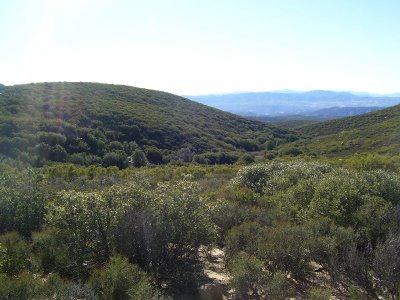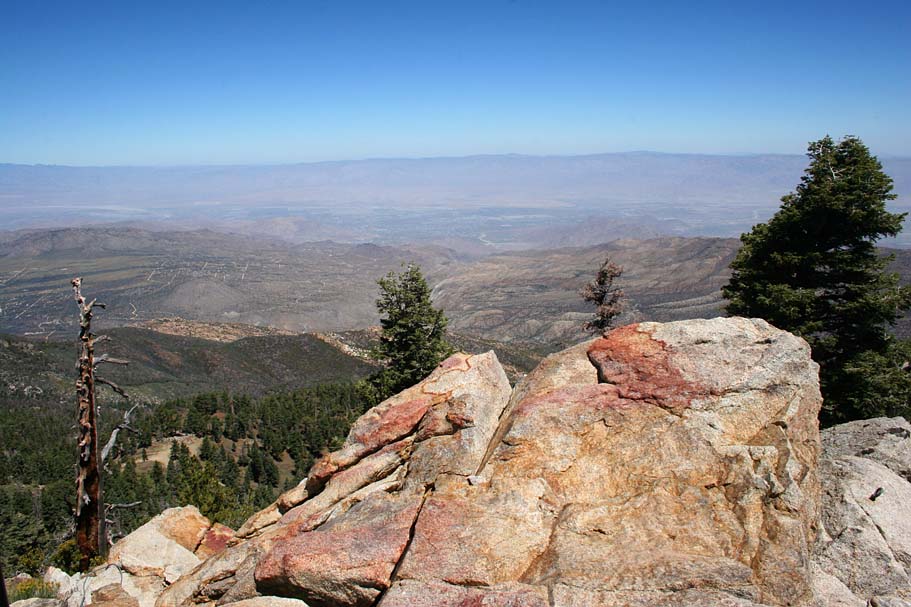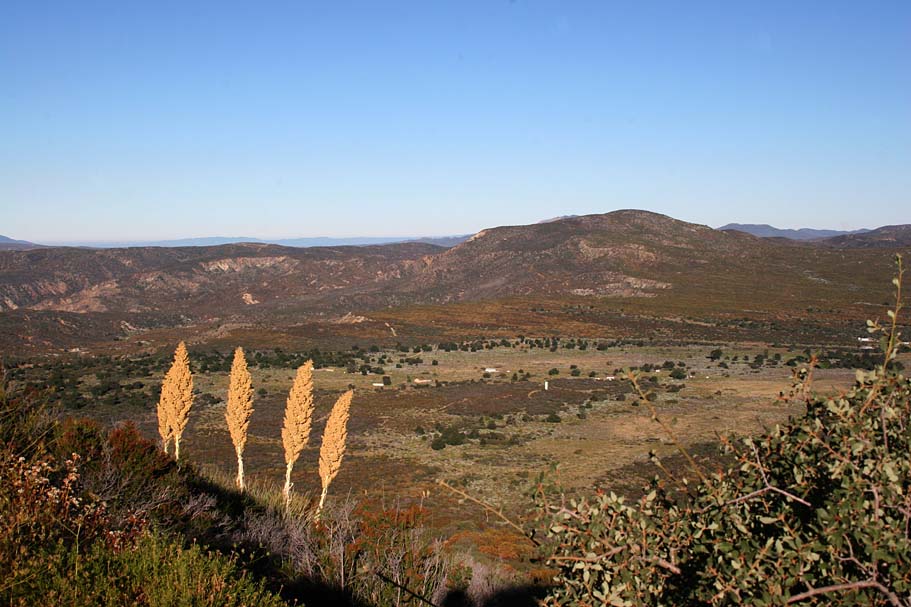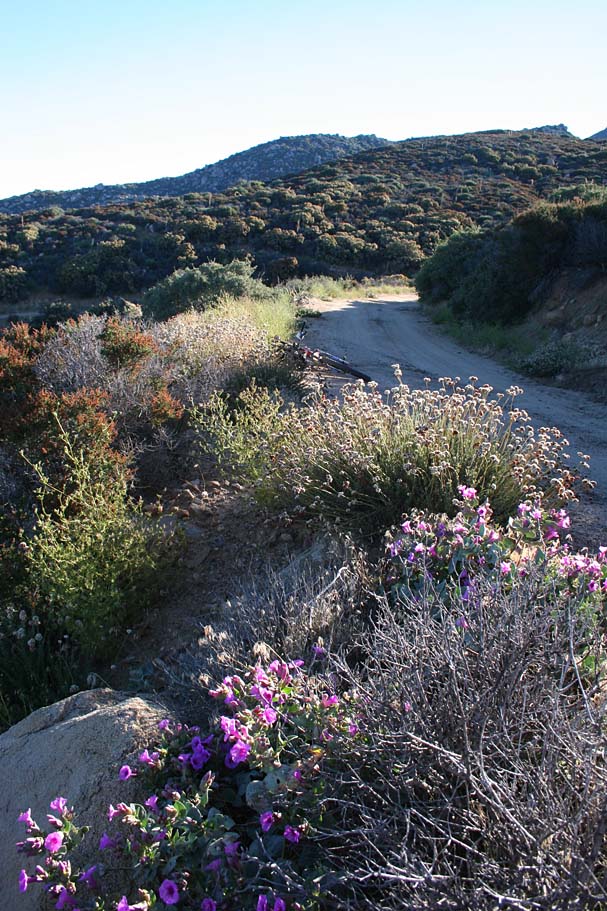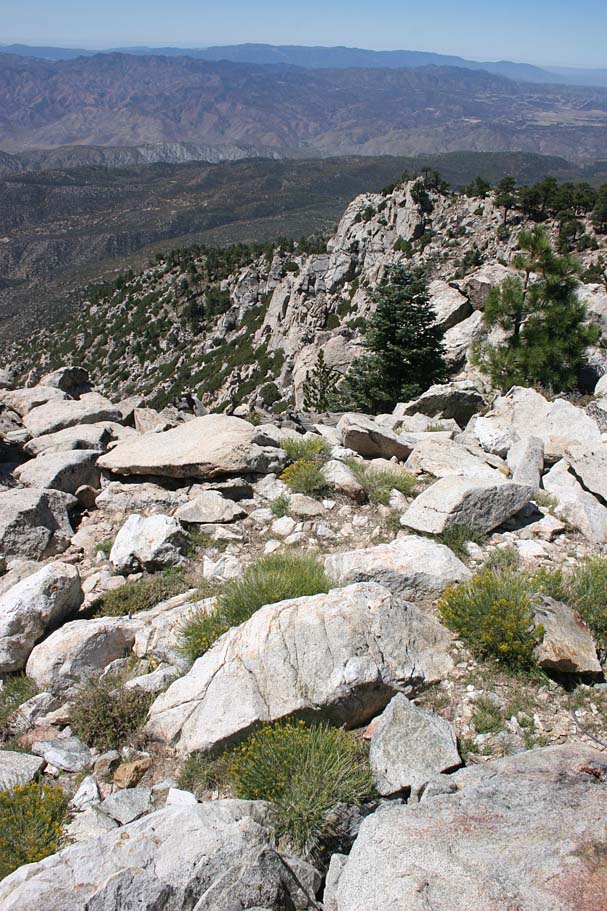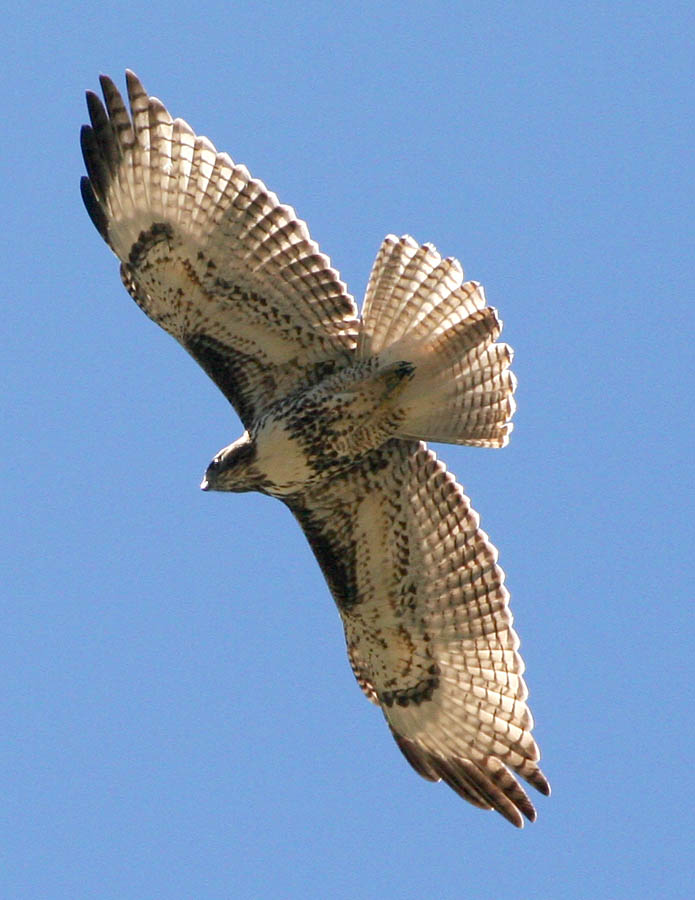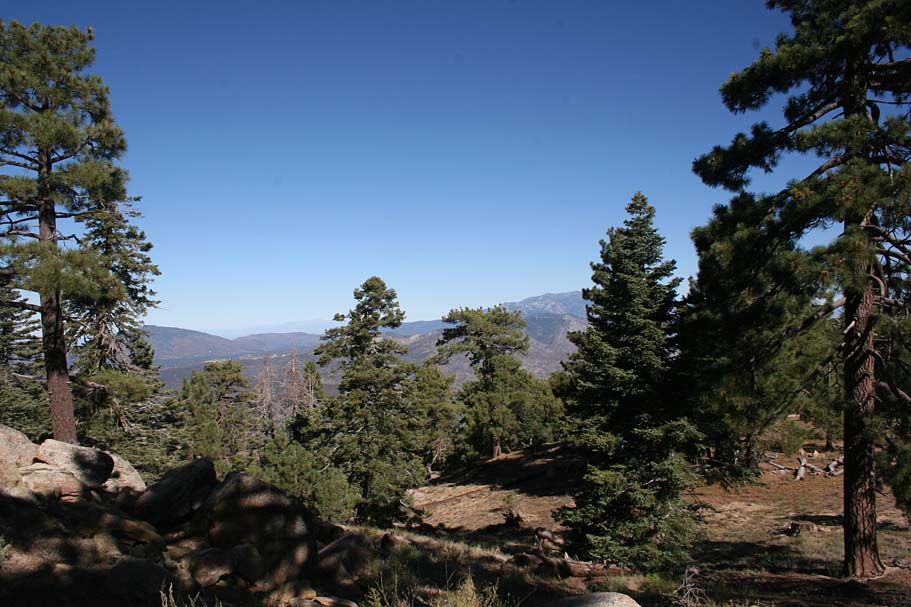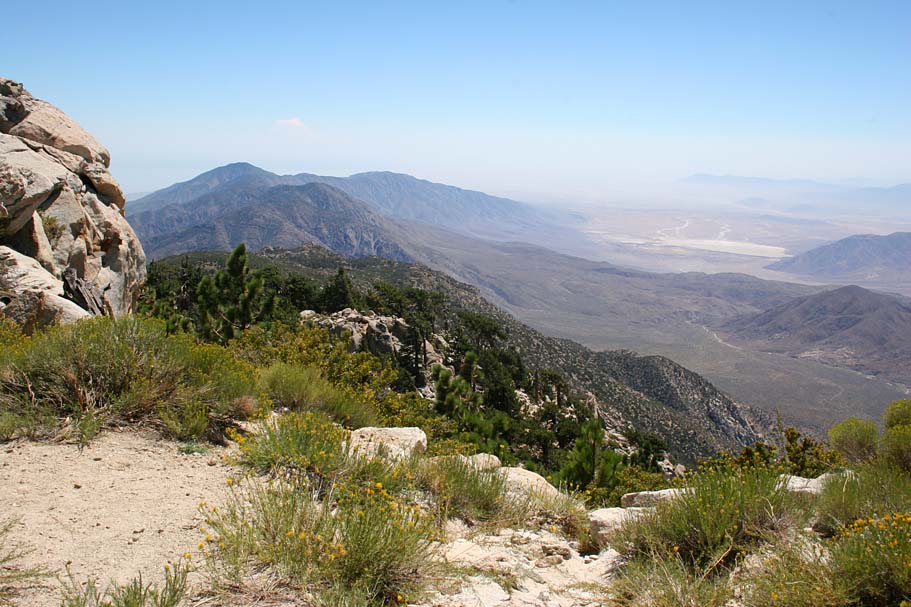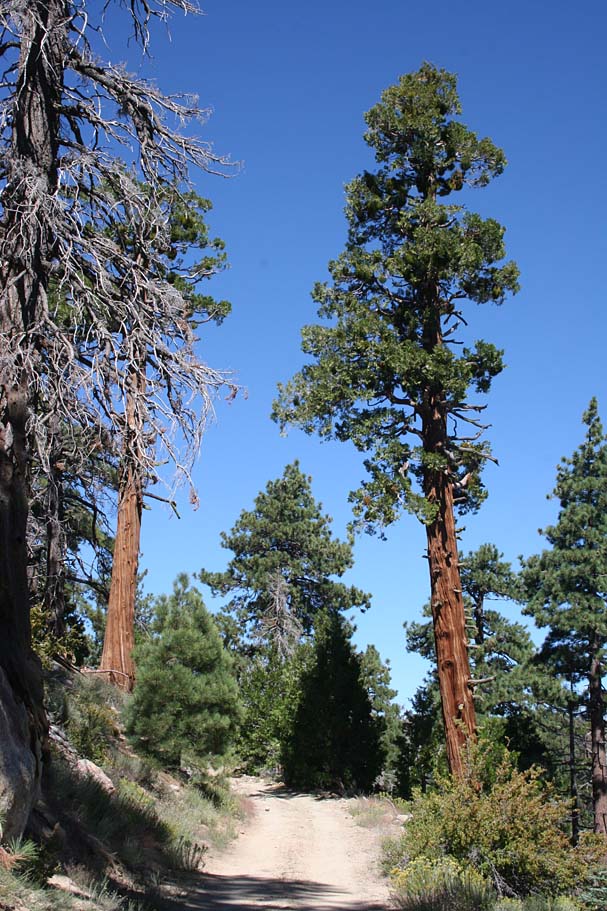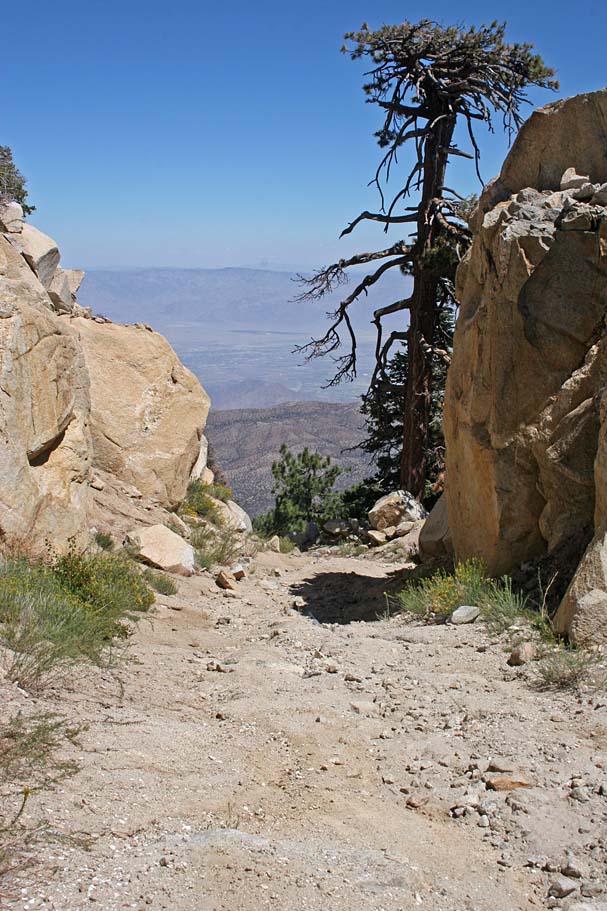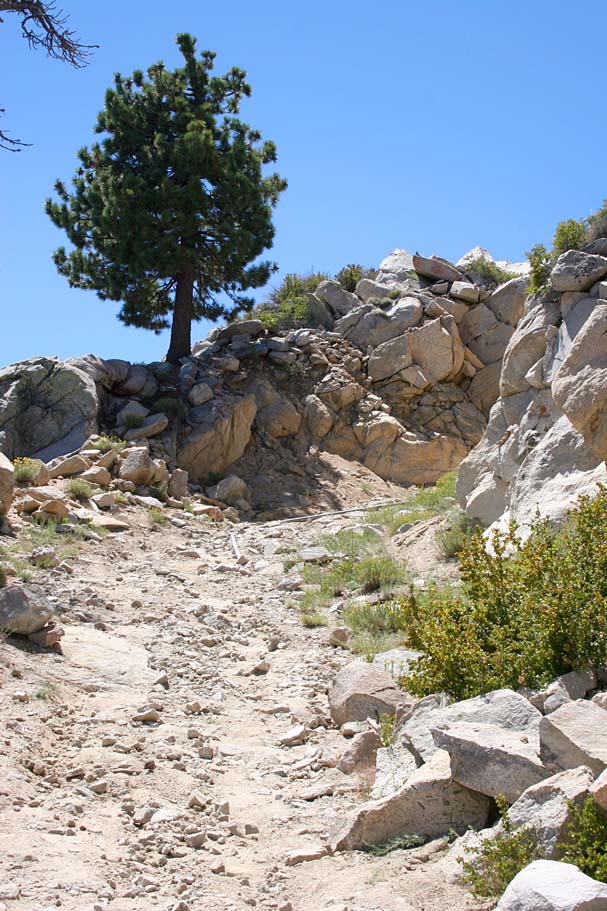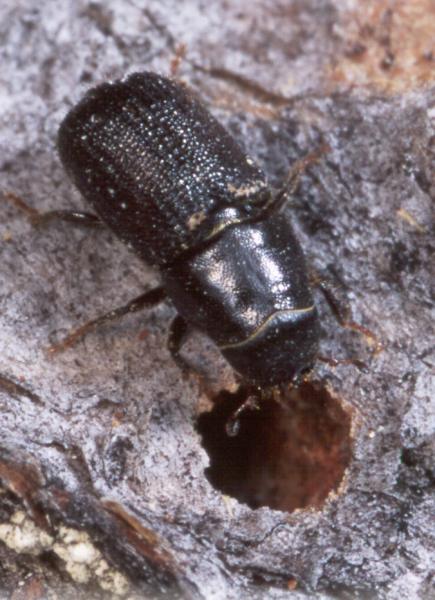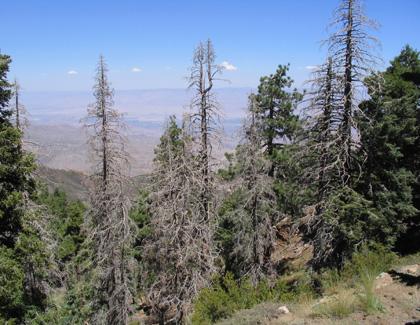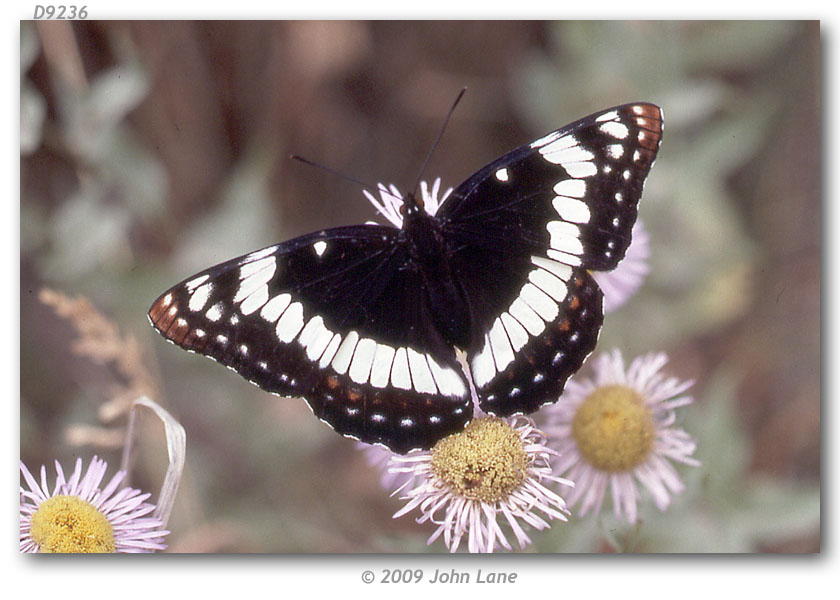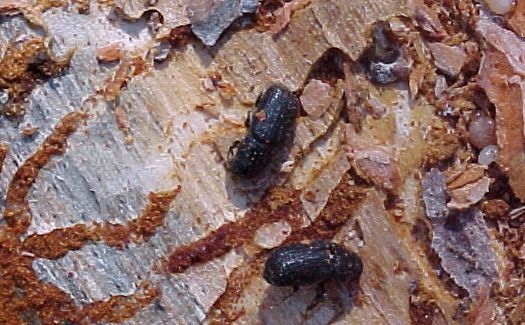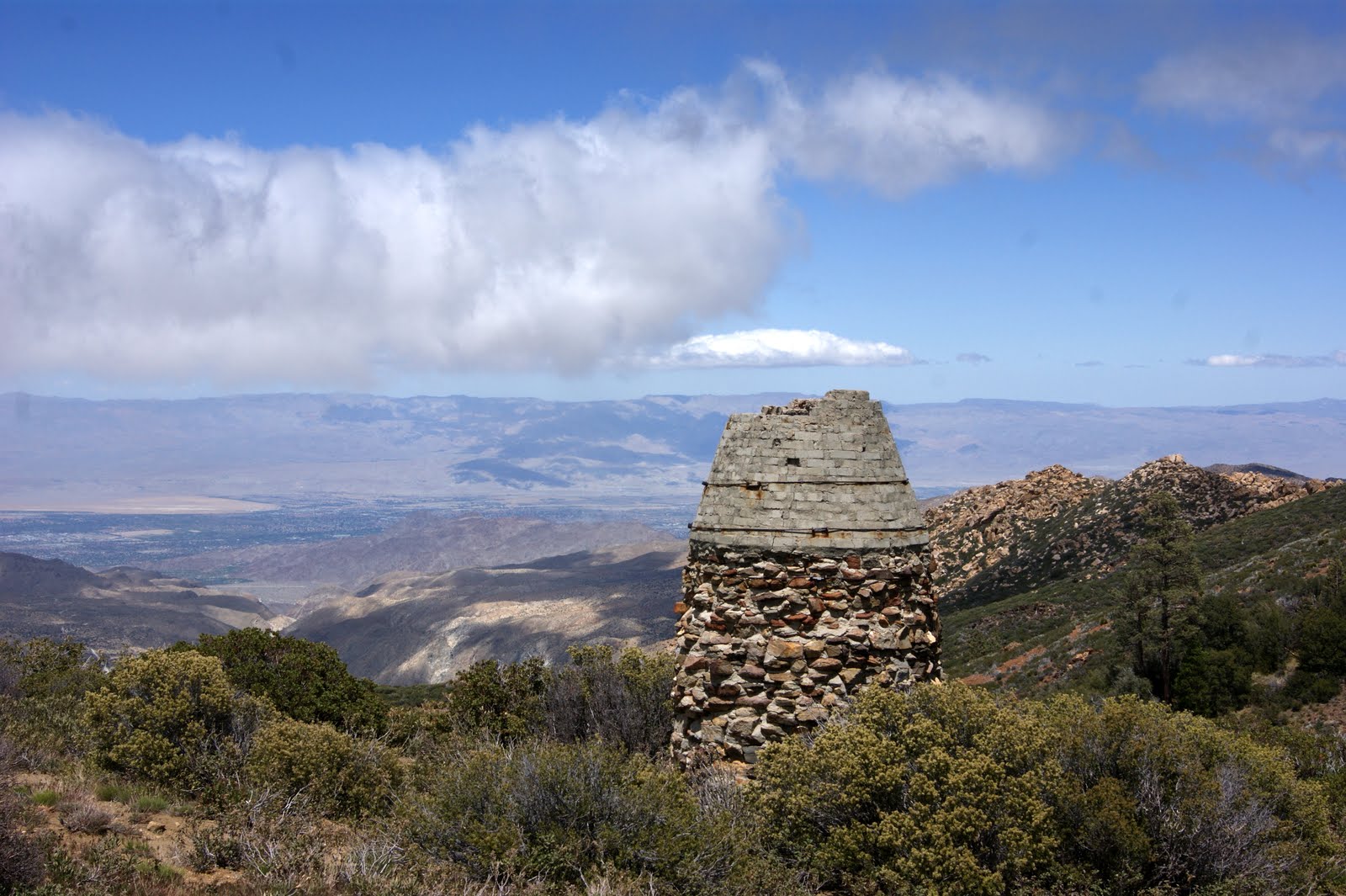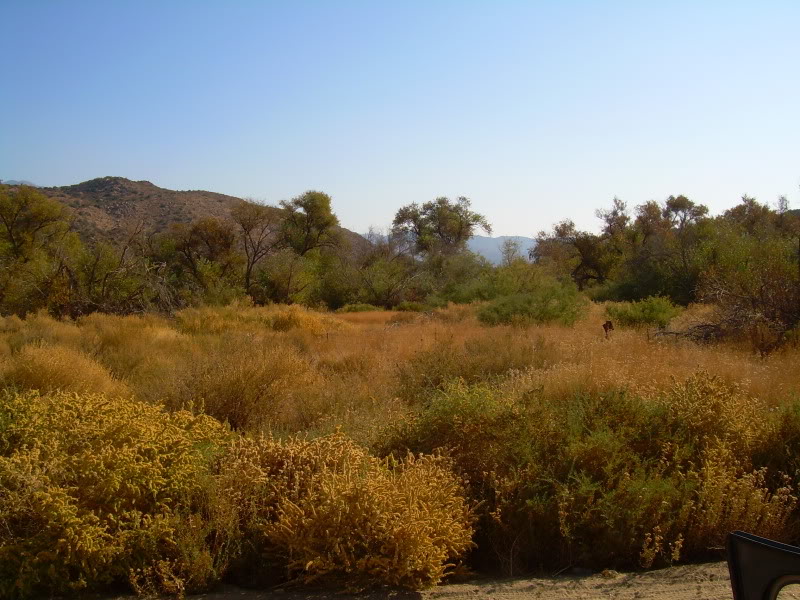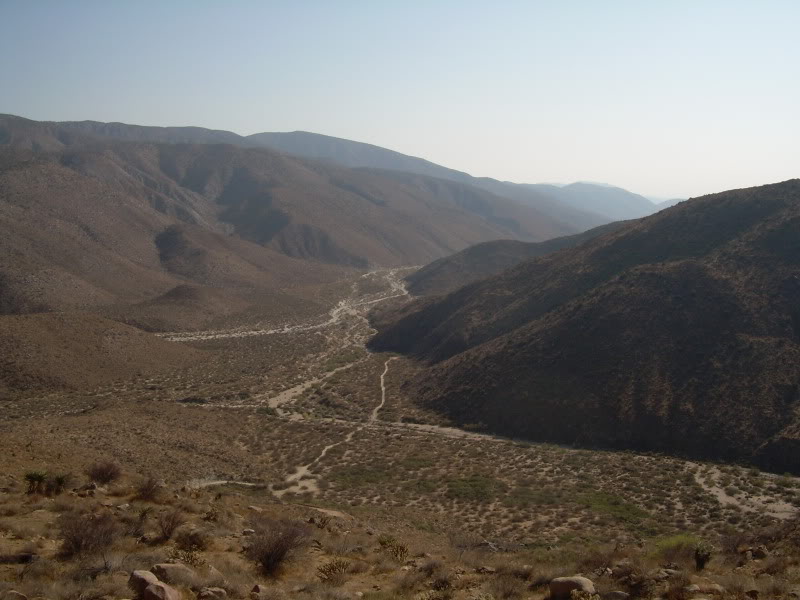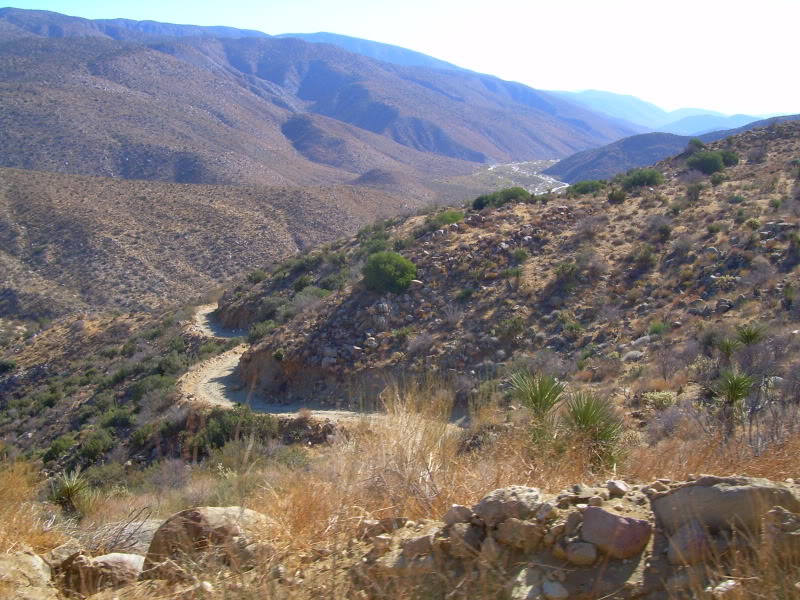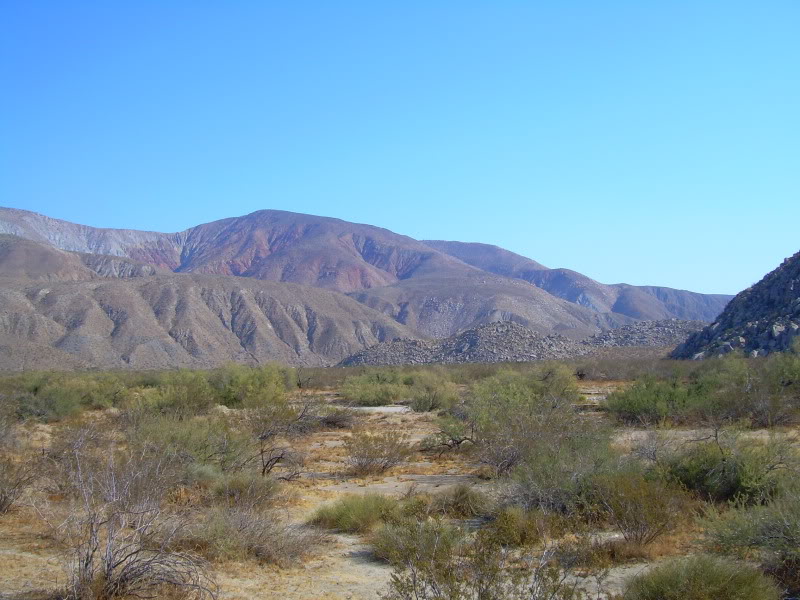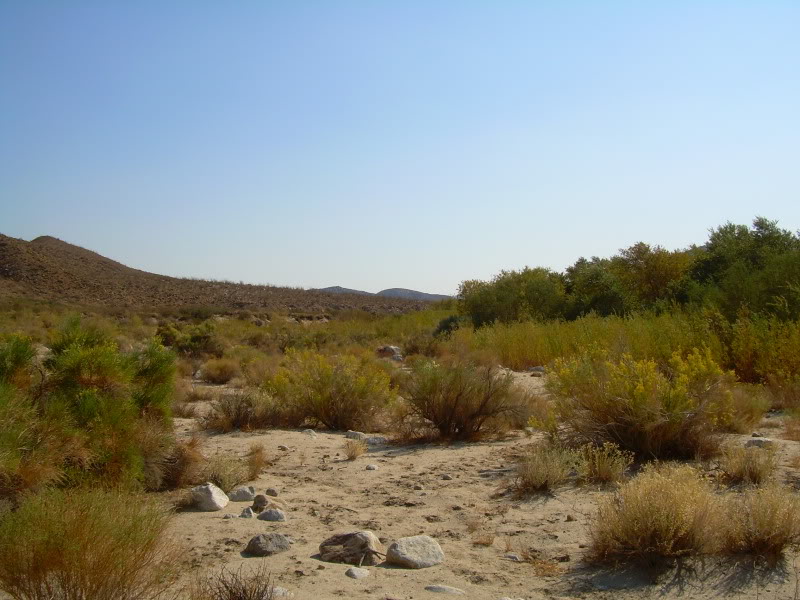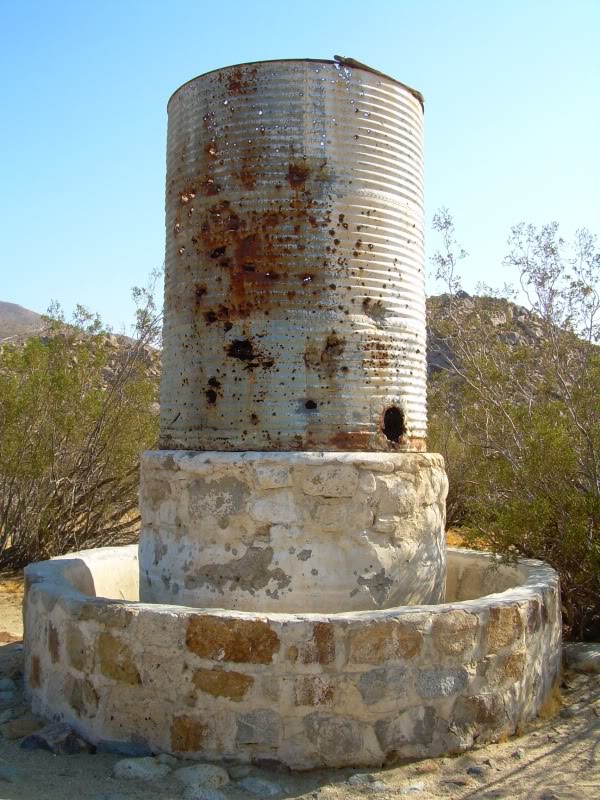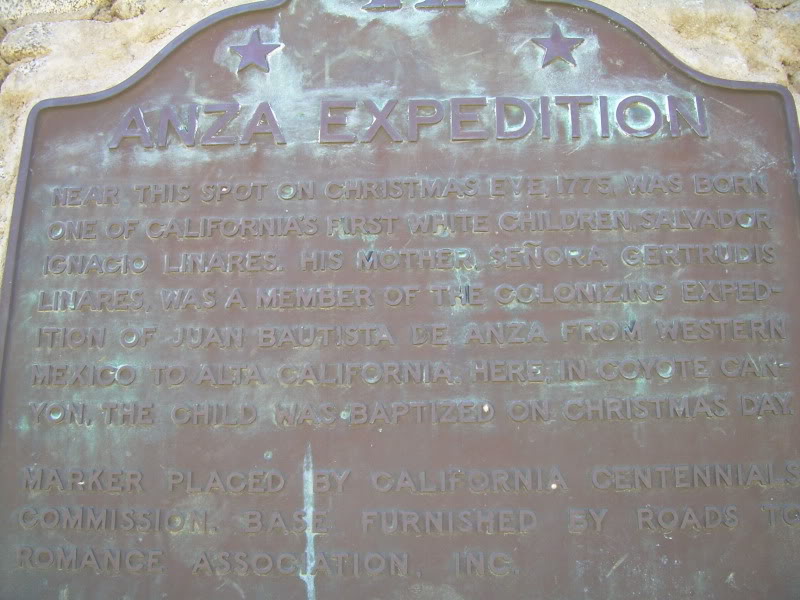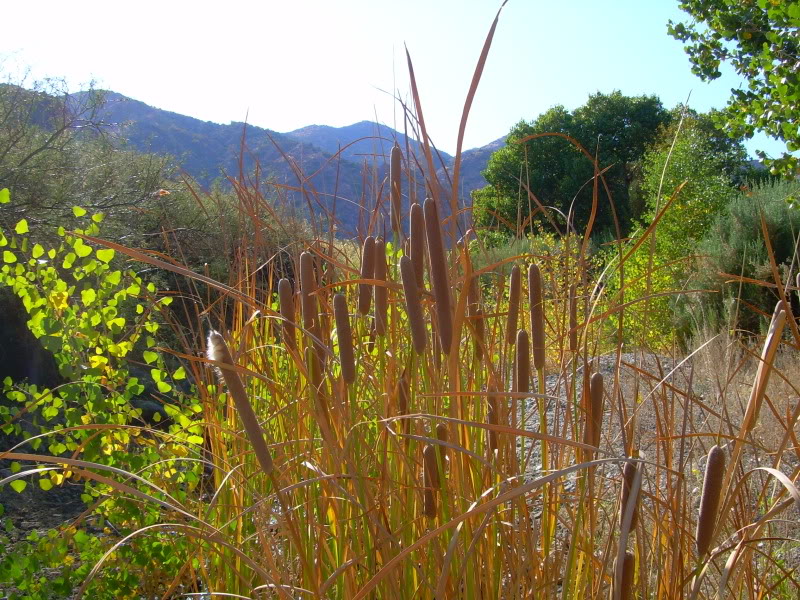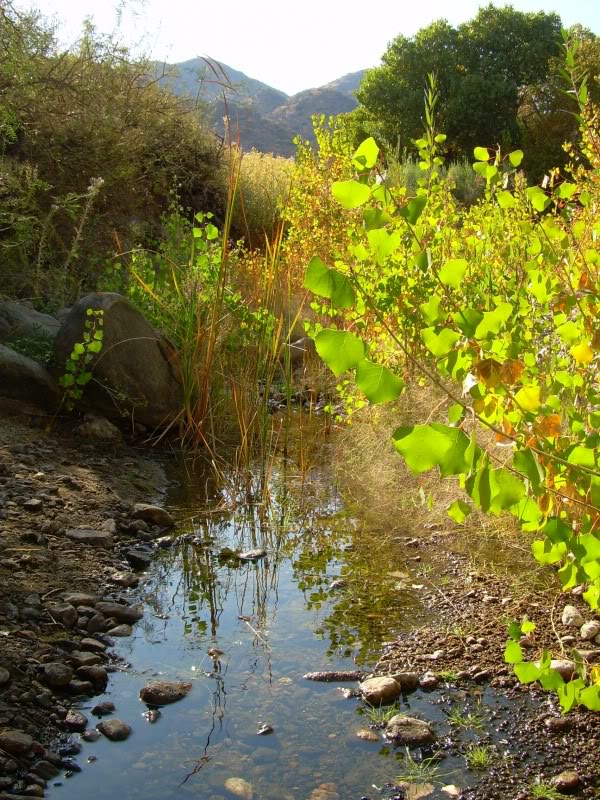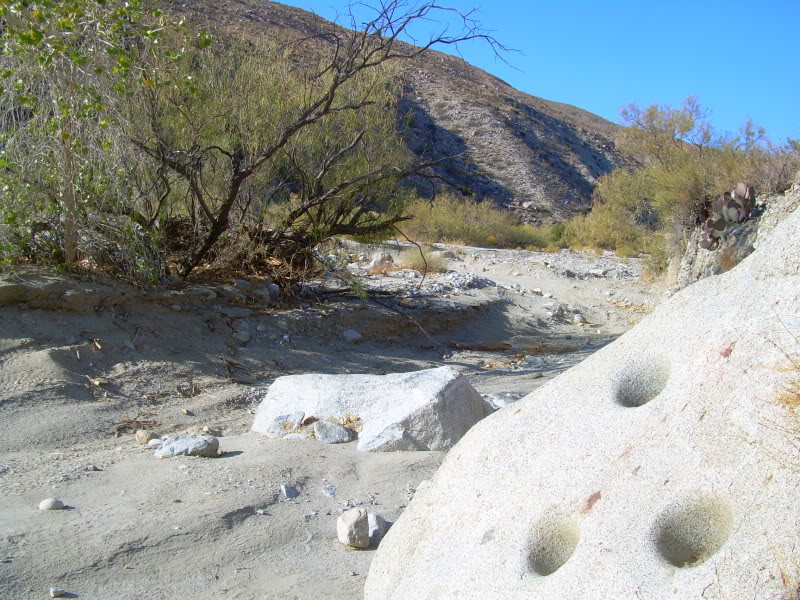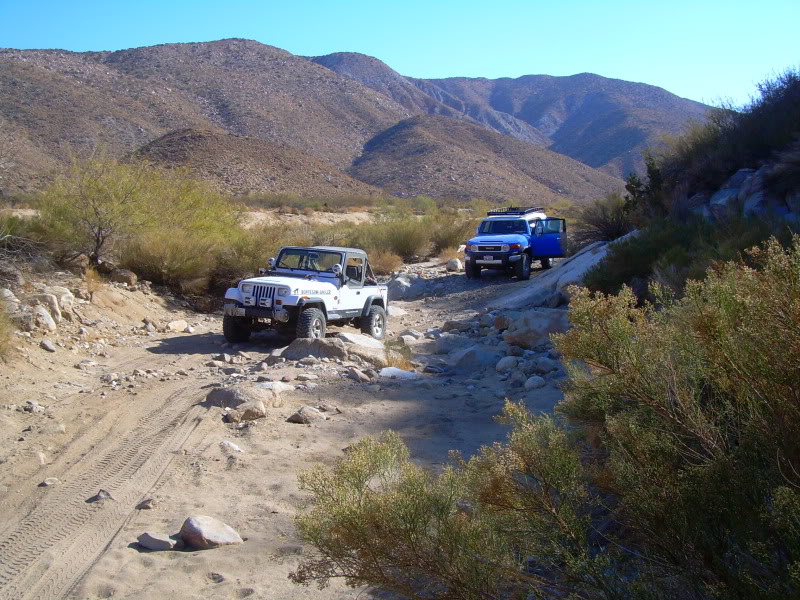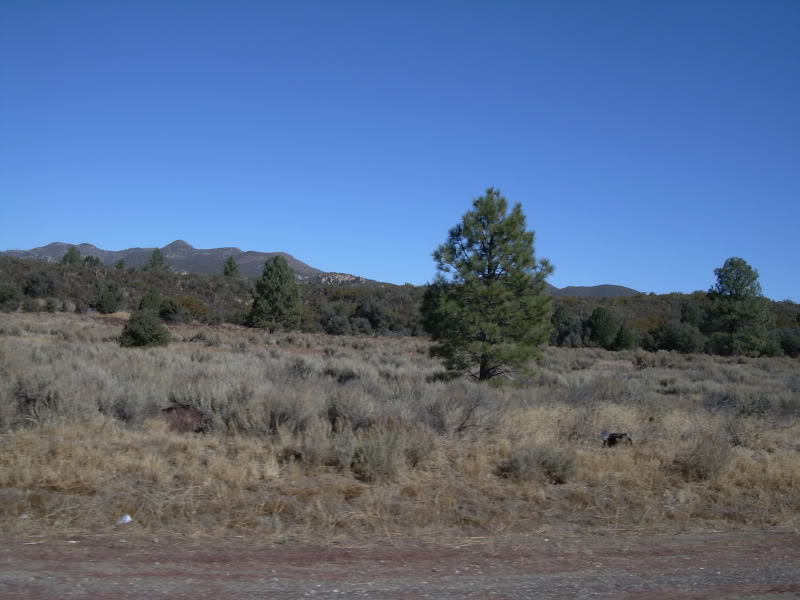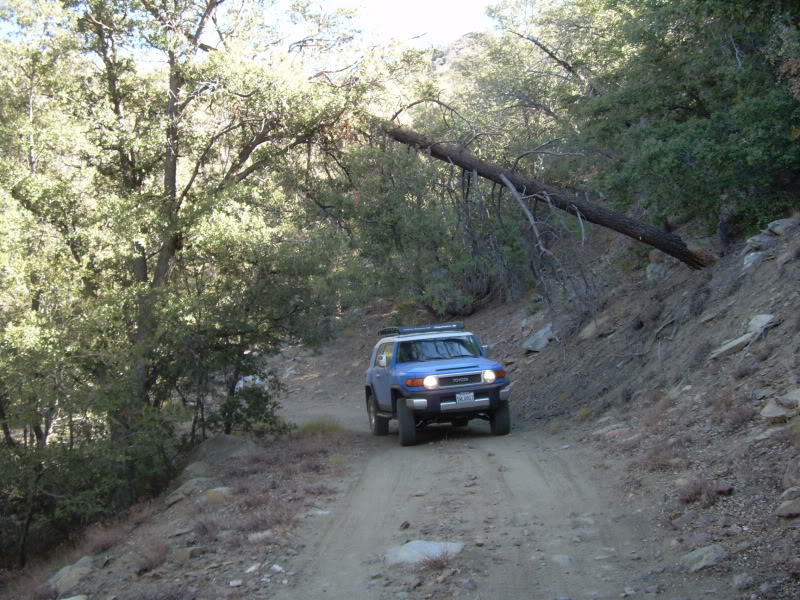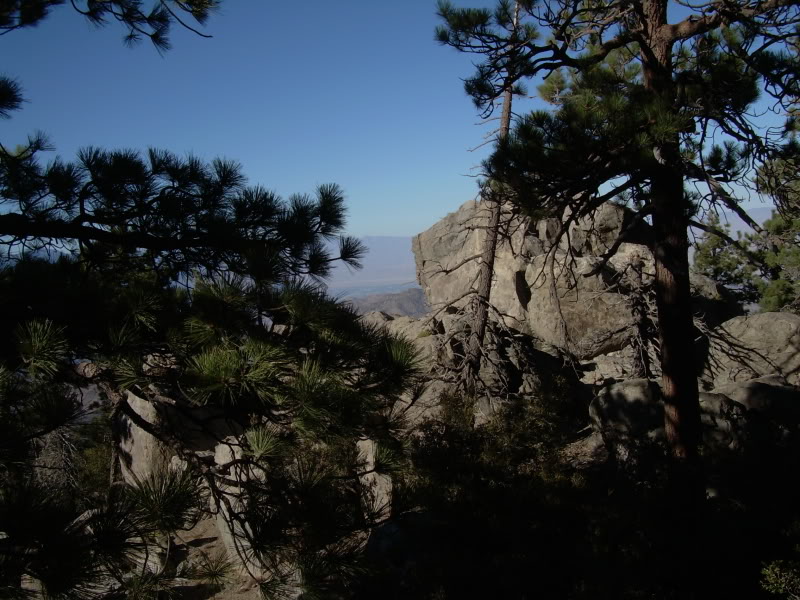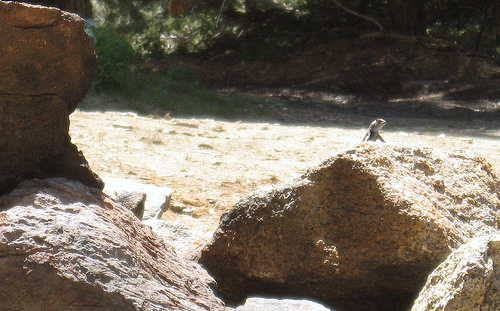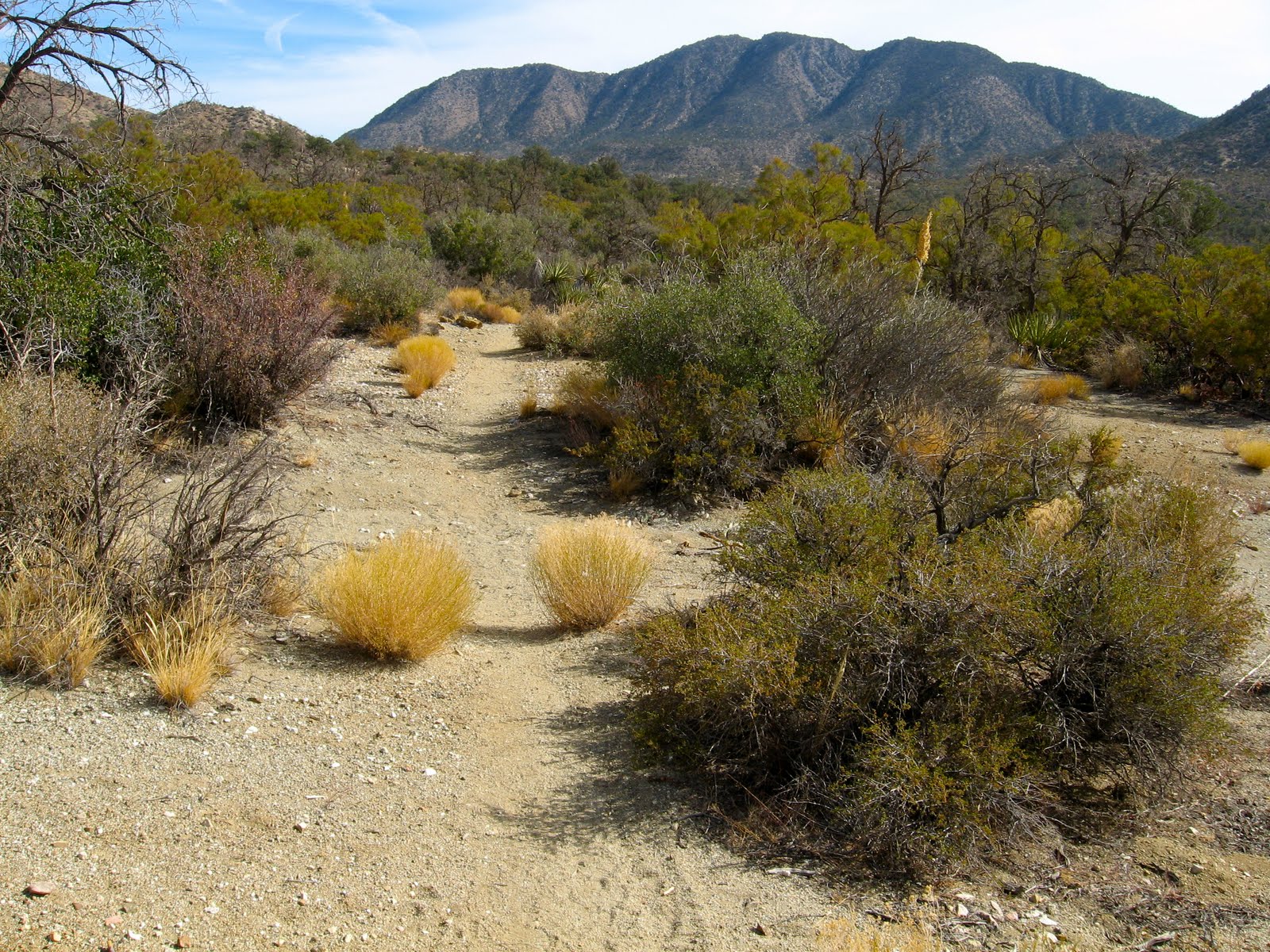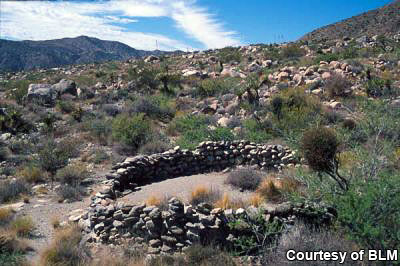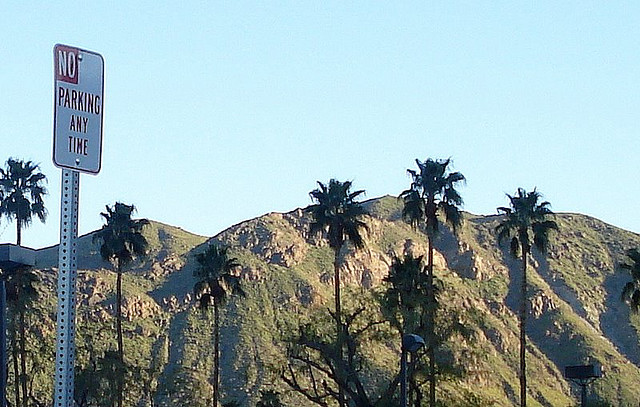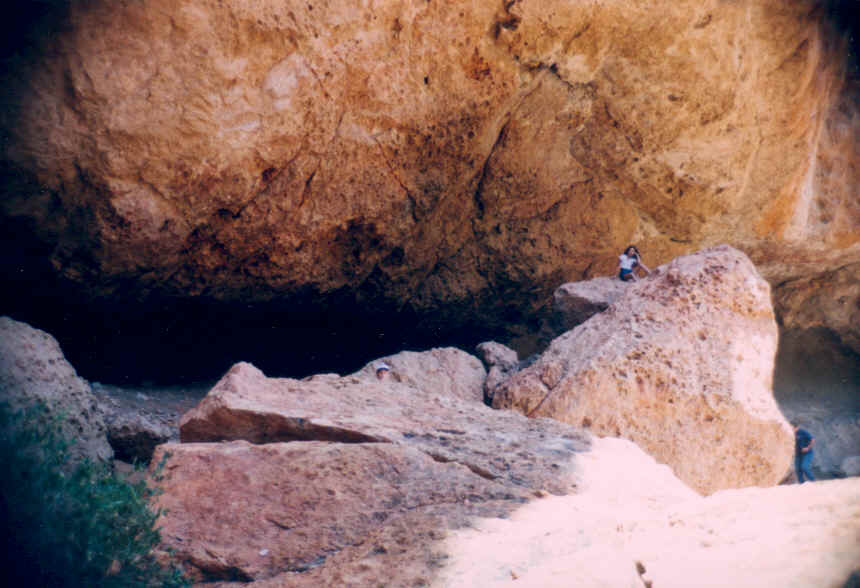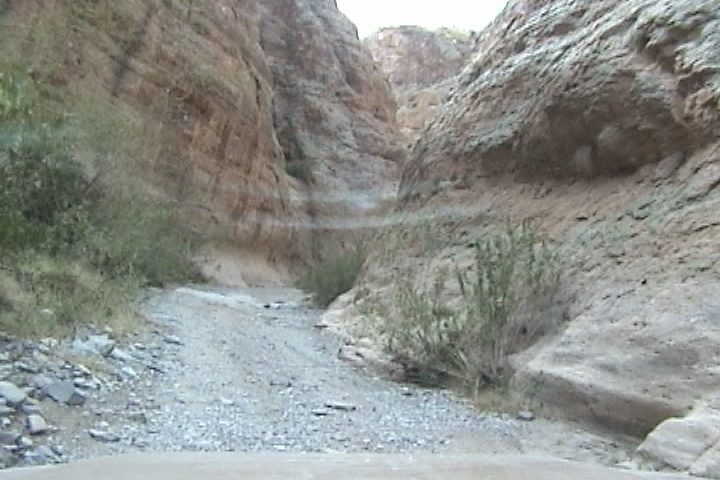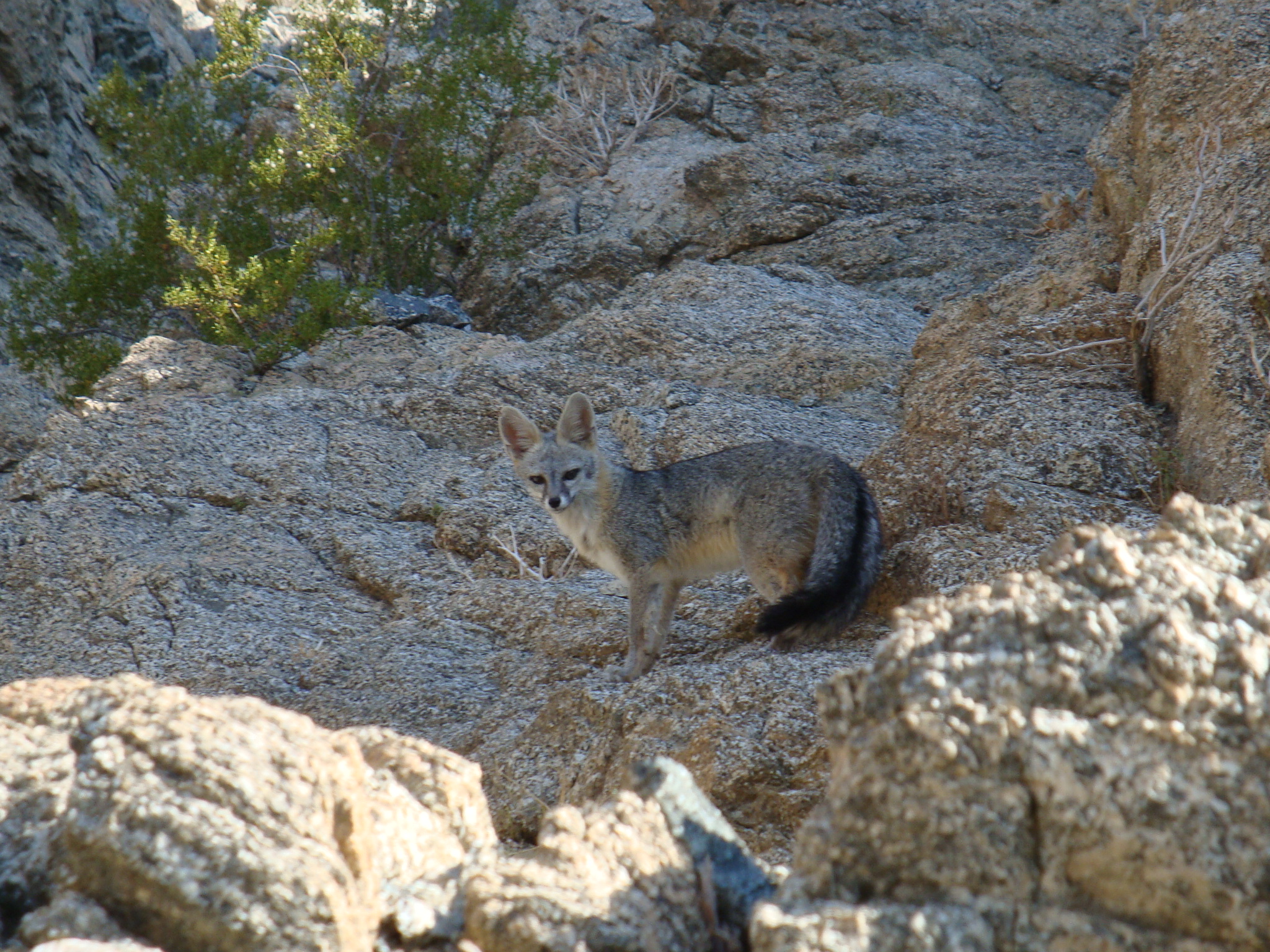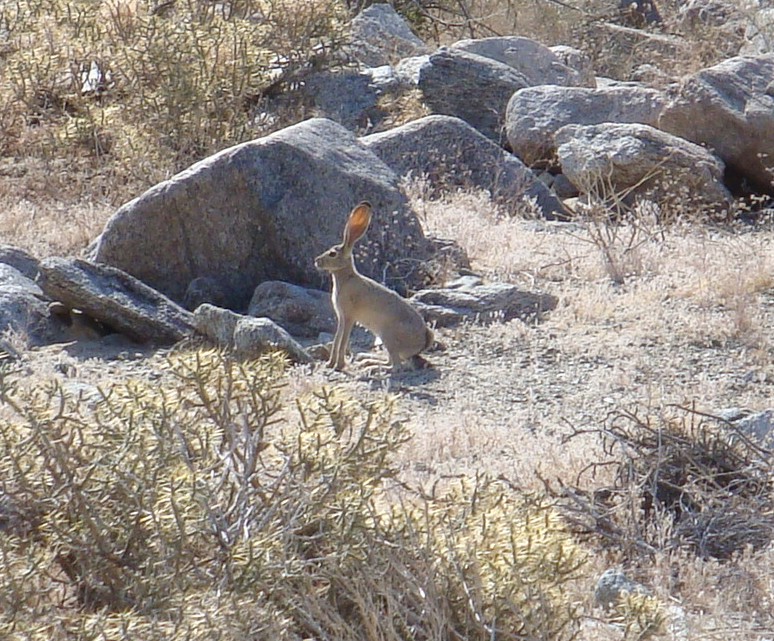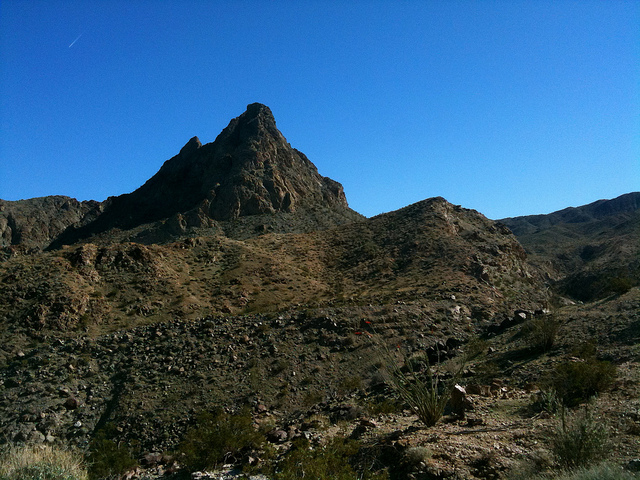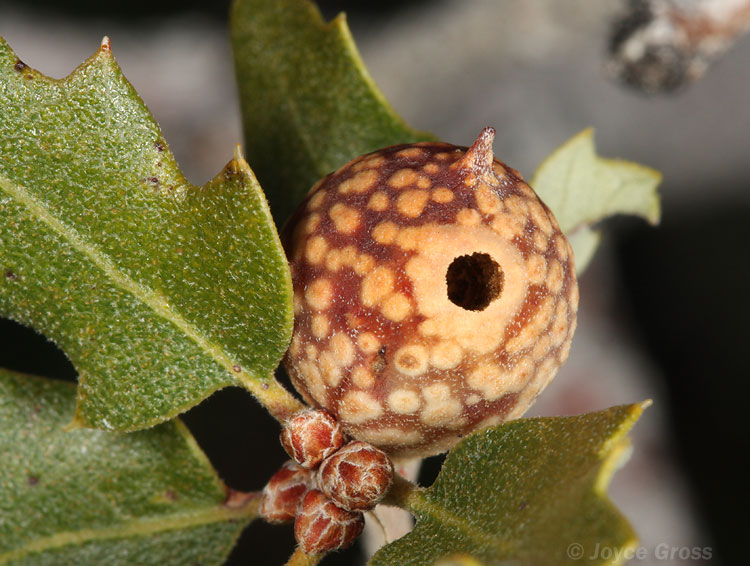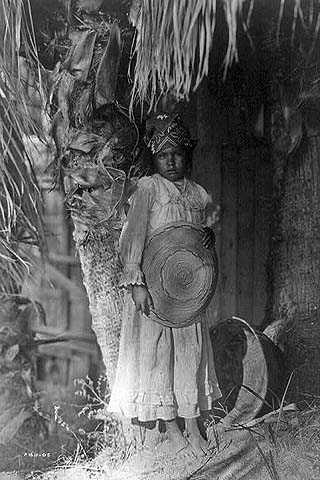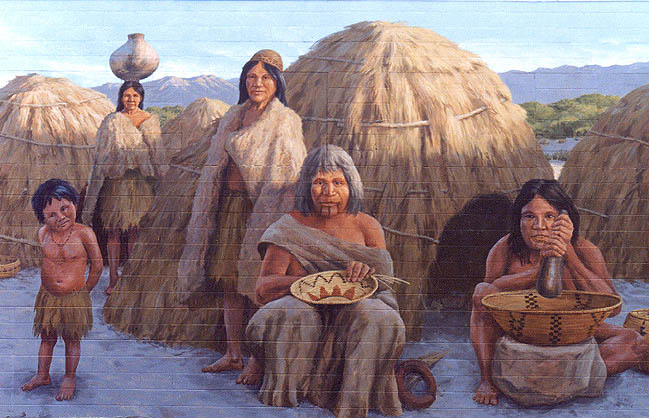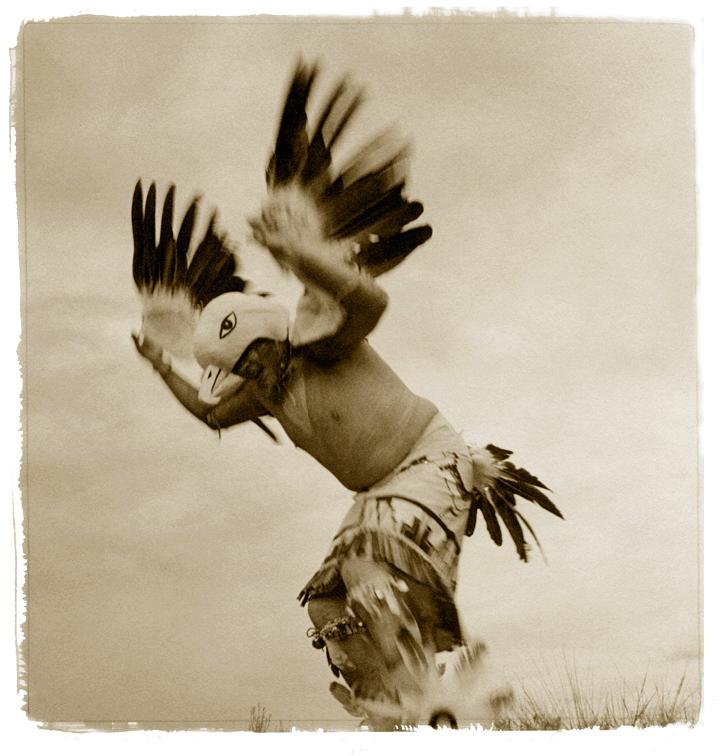 | South Santa Rosa Mountains |
|
Ribbonwood eEuestrian |
Santa Rosa Mnt |
Santa Rosa Mountain and Toro Peak |
|
Santa Rosa Mountain |
Vandeventer Flat |
Vandeventer Flat |
|
Santa Rosa Mountain |
Santa Rosa Mountain |
Santa Rosa Mountain |
|
Santa Rosa Mt |
Santa Rosa Mt |
Views along Toro Peak |
|
Santa Rosa Mt |
Santa Rosa Mt |
Santa Rosa Mt |
|
View to Toro Peak |
Pine beetle |
Climate change - http://forcechange.com/452/major-shift-seen-in-mountain-ecosystem-from-climate-change/ |
|
Pinyon |
Mountains of the Northern Reaches of Anza-Borrego over Santa Rosa Mnt |
|
|
Limenitis lorquini burrisonii Maynard, 1891, (Lorquin''s Admiral), Hybrids |
Limenitis weidemeyerii latifascia x Limenitis lorquini burrisonii |
Pine Bark Beetle |
|
the Sawmill Trail |
One of the remnants of the sawmill is this old kiln for drying timber. |
Upper Coyote Canyon |
|
|
|
Sawmill Trail |
|
Coyote Canyon |
Coyote Canyon. Tule Canyon Wash |
Coyote Canyon. Tule Canyon Wash |
|
Coyote Canyon. Tule Canyon Wash |
Native Americans made winter camps in this area and processed their foods in these mortar beds |
Tule Canyon Wash |
|
|
|
Coyote canyon |
|
|
Near this spot on christmas eve, 1775, was born one of California''s first white children, Salvador Ignacio Linares. His mother, senora Gertrudis Linares, was a member of the colonizing expedition of Juan Bautista De Anza from western Mexico to Alta California. Here in Coyote Canyon, the child was baptized on christmas day. |
Alder & Horse Canyons |
|
Alder & Horse Canyons |
Alder & Horse Canyons |
Alder & Horse Canyons |
|
Alder & Horse Canyons |
Alder & Horse Canyons |
Alder & Horse Canyons |
|
Hw-74 |
Santa Rosa Mountain Road (Stan Parker photo) |
Sawmill Trail |
|
Sawmill Trail |
Sawmill Trail to Santa Rosa Mnt |
Santa Rosa Springs |
|
Martinez Mountain |
Dunn Road, Martinez Mountain and Santa Rosa |
Santa Rosa Wilderness, Hw-74 |
|
Santa Rosa Wilderness |
Southern Santa Rosa Mountains |
The Cliffs of Martinez Canyon |
|
Box Canyon |
Martinez Canyon |
Kit-fox on Boo Hoff trail |
|
La Quinte cove |
Bear creek oazis |
Cahuilla Tewanet Vista Point off Hw 74, Disholcaspis plumbella (Hymenoptera: Cynipidae) Beaked Twig Gall Wasp |
|
A Cahuilla girl - http://en.wikipedia.org/wiki/Cahuilla_people |
Lovell''s Report on the Cahuilla Indians 1854 - http://www.sandiegohistory.org/journal/76winter/lovell.htm |
Native ceremonial eagle dancer (Dacota) |
Ceremony plays a vital, essential role in Native American religions. Whereas western religions typically consider ceremony the servant of theology, Native American religions barely recognize the distinction between myth and ritual.Often the ritual proves to be established and secure while the myth is vague and unclear. Indian ceremonies grew up within local groups; some elements of Indian ceremonials have been traced back to the Old World. The ceremonies were adapted locally, using both traditional and borrowed elements, to suit local needs. These ceremonies often began as practical actions.
Indians were eager to embrace ceremonies or portions of ceremonies that provided power to conquer the difficulties of life. As these practices developed, they were modified and imbued with additional meanings and purposes
Religion - World View
The Cahuilla believed that they lived in a systematic, but unpredictable, universe, in which one could maintain existence only by being able to access and use "?iva?a," or power, which was also unpredictable, and potentially dangerous. They accordingly were constantly in a state of apprehension about the future, an attitude that was realistic in the desert environment of their homeland (Bean 1972:161-164).
They believed that "?iva?a," was differentially distributed, a fact that explained unusual talents or abilities, and unexpected events. It was possessed by both animate and inanimate beings, any of whom could use it for both negative and positive actions. They believed also that human beings and other parts of the universe made up an interacting system, a belief that fostered an ecological ethic (1972:163-165).
According to Cahuilla tradition, each individual had a tewlavelem, or soul spirit, that persisted after his or her death in temelkis, the land of the dead, where all the tewlavelem and the nukatem (people from Creation Time) lived, and which was located somewhere to the east. It could usually be reached only after an arduous ritual in which both the telmekis and the living survivors of the deceased participated. Once there, the tewlavelem could still hold some communication with the living, sending them advice and help (1972:168-169).
The Cahuilla creator gods were twin brothers, Mukat and Temayawet, who fought over who was the older, in keeping with Cahuilla respect for the aged, a useful adaptation in a difficult environment since it encouraged younger people to draw on the wisdom of their elders in threatening situations. Mukat, who worked slowly and carefully at the task of creation, and who promoted caution, precision, and orderliness in the face of challenge, won out over his brother, who "worked rapidly and injudicially" (1972:171). The latter departed for the underworld. Unfortunately, Mukat was not consistently benign. He taught his people how to live, but tended on occasion to give them bad advice in a spirit of trickery. He also violated Menily (moon maiden), who gave people additional advice on how to live. His people for these reasons magically killed him, and as he lay dying, he gave instructions for his cremation. Despite precautions, Coyote managed to steal Mukat''s heart from his burning corpse and to run with it into the desert, where it left red pigment where it was put down. The story of the cremation is sung at Cahuilla nukil ceremonies, sung ceremonially every year or two in memory of those who have died since the last nukil. These were the Cahuilla''s most sacred ceremonies (1972).
(http://mojavedesert.net/cahuilla-indians/03.html)
Read more - http://mojavedesert.net/mojave-desert-indians/harpers-september-1858.html - Chemehuevi, Mojave & Cahuilla Indians
http://www.desertusa.com/borrego/bs-art.html borredo springs park
http://geology.cnsm.ad.csulb.edu/people/bperry/AerialPhotosSoCal/BorregoArea.htm salton see - !!!
Cahuilla people
California Highway 74
Cahuilla Tewanet Vista Point
Upper Coyote Canyon & Toro Peak (Santa Rosa Mtn)
Santa Rosa Mountain and Toro Peak

